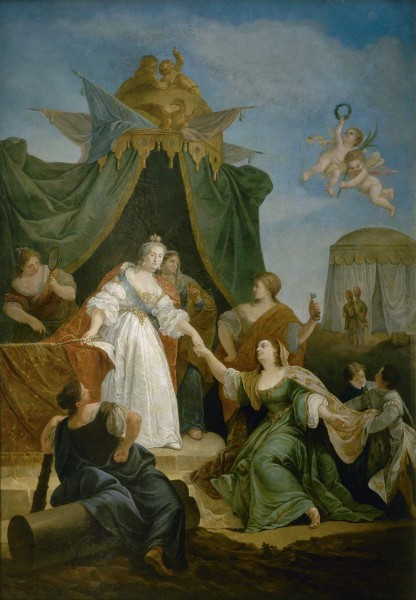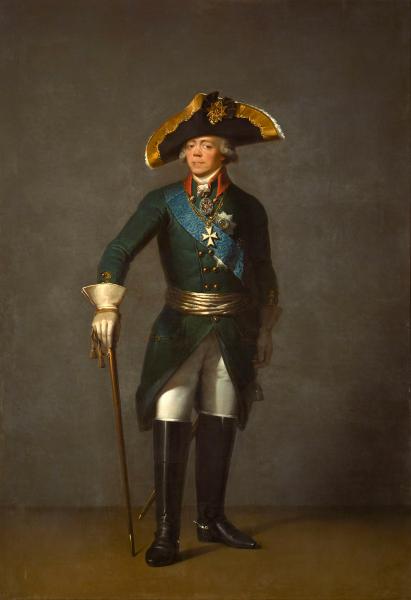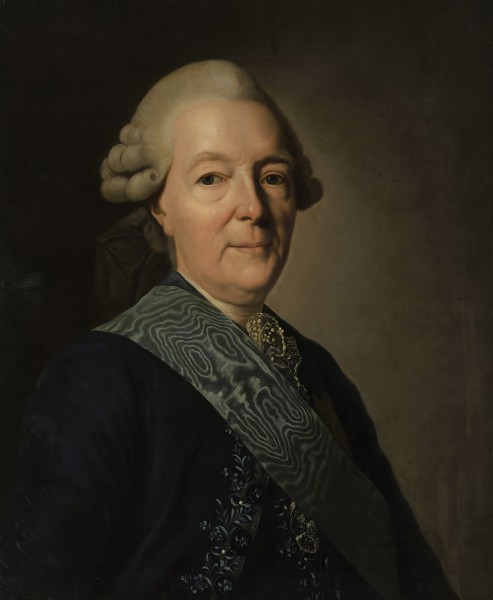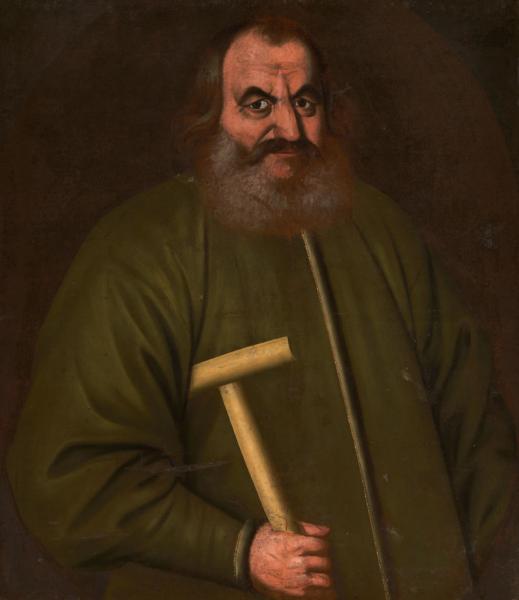The artist is Fontebasso

The Catherine’s era was glorified by the work in Russia of large European masters. With the blessing of the empress, on the initiative of Russian diplomats, the most famous, significant artists received an invitation to work at the Russian court, among whom was Francesco Fontebasso, an outstanding Venetian painter, a watercolist, a drawer, a engraver. A significant impact on the work of the master was exerted by his great contemporary Giovanni Batista Tiepolo.
In the middle of the 18th century, Fontebasso taught at the Venice Academy, performed a number of murals at the Venetian Palazzo, which brought him wide fame. In 1760, he was invited to St. Petersburg to write cryphones in the newly rebuilt Winter Palace. At the suggestion of Ivan Ivanovich Shuvalov on March 1, 1762, the Italian master signed a contract with the St. Petersburg Academy of Arts, but having served “hardly six months” returned to Venice. Despite a brief stay at the Russian court, Fontebasso, being one of the first professors of the St. Petersburg Academy of Arts, left a noticeable mark in Russian culture.
The painting “Ekaterina II’s entry into the throne” is a allegorical plot typical of the 18th century, which aims to glorify the Russian Empress. Presented against the background of camping tents, in solemn vestments with all the royal regalia, the young Catherine is surrounded by female figures, personifying virtues – strength with a column in her hands, prudence – with a mirror, justice, justice with Libra, a key with a key. The heroine to whom the empress, extending her hand, helps to rise from the knees, symbolizes Russia. Children supporting the heavy mantle, woven by bippoil eagles, embody the hope of a monarch entering the throne about the creation of a new breed of an enlightened era in Russia – “a man of natural, reasonable, state” ”.
The work was performed according to the contract concluded by the artist with the Academy of Arts, free of charge. Catherine II is depicted with the Order of Andrew the First -Called (tape), on the head – a small imperial crown, a scepter in the right hand.
The monumental canvas of Fontabasso’s brush, characterized by brilliant professionalism, coloristic and compositional wealth – the best qualities of Venetian baroque art – served as a model for the imitation and example of the “large style” for pupils of the St. Petersburg Academy of Arts.
Ekaterina II (Great; 1729-1796)-nee Princess Sofia Augustus Frederick the Angalt-Tserbst. Born in the German city of Stetin. In 1744, she arrived in Russia as the bride of Grand Duke Peter Fedorovich, the future Emperor Peter III. In the same year she accepted Orthodoxy with the name of Ekaterina Alekseevna and was married to Peter Fedorovich in August 1745. In 1754 she gave birth to an heir, future emperor Paul I. She did not work out with her husband, and Peter III intended to send his wife to the monastery. In the summer of 1762 she headed the guards and overthrew Peter III, becoming an empress. In the early years of government, it adhered to politics "enlightened absolutism", But after the peasant war, led by Emelyan Pugachev (1773-1775) and the great French bourgeois revolution (1789), she was forced to tighten the regime. Woned the victorious wars with Turkey (1768-1774; 1787-1792) and Sweden (1788-1790). During its reign, Russia included Crimea (1783), North Black Sea region, Baltic states, eastern parts of Poland, Aleutian Islands, Russian settlements in Alaska were created, Eastern Georgia was taken under patronage. The prestige of Russia in Europe has grown many times. Olga Savenkova. Exhibition catalog in Malaga "The Romanov dynasty". 2017. With. 229.


